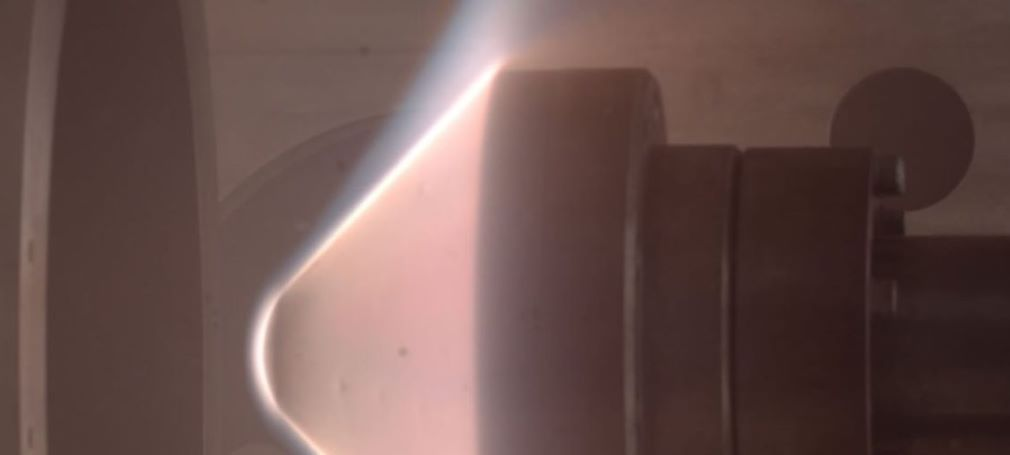Speaker
Description
PDF Attached
Summary
A multi-year effort has led to a set of advanced UV absorption diagnostics, which probe vibrational populations of O2 and NO in the nonequilibrium gas behind strong shock waves in air. The recent advancements in spectroscopic modeling, ultraviolet (UV) laser availability, and high-temperature shock-tube experiments, like those of this study, have enabled the development of vibrational-state-resolved measurements for O2 and NO. Strategic diagnostic design and wavelength selection provides sensitive measurements of absorbance, and the subsequent temperature and number density time-histories have sufficiently low noise for use as model validation cases. Overall, these new UV absorption diagnostics provide an important augmentation of existing emission studies of high-temperature air.
Future work may continue to apply these diagnostics in varied mixture compositions of O2 and N2. Although the 21\% O2 composition is most relevant for air, additional chemistry insights may be gained, particularly if the mixture composition can be used to control the delay of NO formation. Reducing or extending this delay would provide additional opportunities to clarify the potential two-temperature behavior for the N2 + O Zeldovich reaction. Additional studies would also benefit from the suite of diagnostics currently being developed in our laboratory to probe N- and O- atoms in their various electronic states. Combining vibrational-state-specific molecular species measurements with electronic-state-specific atomic species measurements would uncover many more internal energy excitation, chemical reaction, radiation, and ionization processes needed to fully capture the behavior of high-temperature air.

